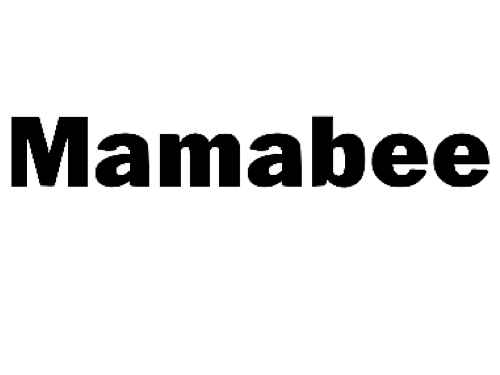Wellness Demystified: We Can Help You Discover Optimum Health
Strength Training Versus Muscle Training

Training for strength and training for muscle growth are not the same thing. This article outlines the main differences and what is needed for each approach. This information is useful for beginners and experienced fitness enthusiasts.
There is a lot of confusion when it comes to training for strength and muscle growth. Someone with big muscles should be really strong, right? Then, why don’t strong guys, like Olympic gymnasts, look like Mr. Universe? There is a difference between training for muscle hypertrophy and training to get stronger.
Hypertrophy comes from breaking down muscles then allowing them to heal larger than before. This is typically done by overloading a muscle with weight and reps until it reaches failure. For example, if you perform a bench press with the heaviest weight you can handle and perform reps until you can no longer complete another rep, then you have achieved muscle failure. Some extreme athletes will even try to reach failure multiple times by waiting a few minutes and then performing a couple more reps with a lighter weight. This can be done several times to break down the muscle as much as possible.
Breaking down the muscle refers to the microtrauma that happens inside the muscle. Over-working a muscle creates small tears in the muscle fiber. As these small tears heal, the muscle grows back larger. This is why muscles need plenty of rest to get bigger. If you work out every day, your muscle will not have time to heal, and you won’t see much gain in size.
For the biggest muscle gains, athletes will typically use a split routine. This means they train their upper body on one day and their lower body on another day to allow enough rest time between sessions for each body part.
Although low reps and low fatigue are a popular way to train, they build skill more than muscle. People will get stronger from this type of training, but real muscle mass can only come from overloading your muscles with high weight and working to failure.
According to weight-room wisdom, bodybuilding is extreme, and you have to go to extreme lengths if you want to be out of the ordinary. Building a lot of muscle requires eating a lot. Bodybuilders must become food processing machines since your body won’t naturally hold a hundred to hundred and fifty kilos of muscle. The body wants to be around seventy to ninety kilos, and it will constantly try to get there. It takes an extreme amount of food and extremely heavy weights to get big and sometimes extreme supplementation as well.
Pure strength training is a different story. Athletes who train for strength sometimes aren’t much bigger than a regular person who doesn’t train. Strength training is about achieving the highest one-rep max possible. This means trying to lift the heaviest amount of weight you can one time. Strength athletes only want to increase this number; they aren’t interested in bigger muscles.
Low reps are for training your nervous system, rather than your muscles. By repeating a motion correctly, emphasizing proper form rather than the number of reps, it becomes embedded in your “neural map.” Your body will then engage your muscles in the most efficient manner when performing this motion. This is how some people get really strong, even when they don’t have huge muscles.
Pure strength is about tension, not muscle size. The harder a muscle contracts, the stronger it is. Muscle contraction is a neural skill that comes from working the nervous system. Avoid muscle fatigue if you want to become truly strong. Instead, work an exercise with high weight resistance, as frequently as possible, while staying as fresh as possible.
Building strength is a trained skill. You have to teach your nervous system to be strong. High resistance is necessary but so is the mental focus to contract your muscles harder. This is also one reason training must be treated as a practice, instead of a work-out. The athlete must get better at contracting the muscles involved in a movement. They must practice this, perfecting their form, instead of trying to hit their limit. In fact, fatigue hurts pure strength gains, because it prevents you from exercising more often.
For strength training, it’s best to perform multiple sets, spaced-out throughout the day, with low reps of less than five. The goal is to get in as many reps as possible, with good form, over the long-term. The amount of quality reps you do in a year is more important for strength than the number of times you went to muscle failure.
So, there you have it. Muscle hypertrophy is about breaking down muscle by reaching failure. Strength is about the amount of tension in a muscle. Both areas of training have their place, depending on the type of athlete you want to be.
© 2019 Nutrients Solutions, LLC. All rights reserved. Disclaimer: The information provided is for educational purposes only and does not constitute medical advice. Always seek the advice of your physician or qualified healthcare provider with any questions or concerns about your health. Check with your doctor before beginning any exercise program. Never disregard or delay seeking medical advice because of something you have heard or read in this article or the internet.












